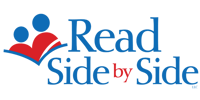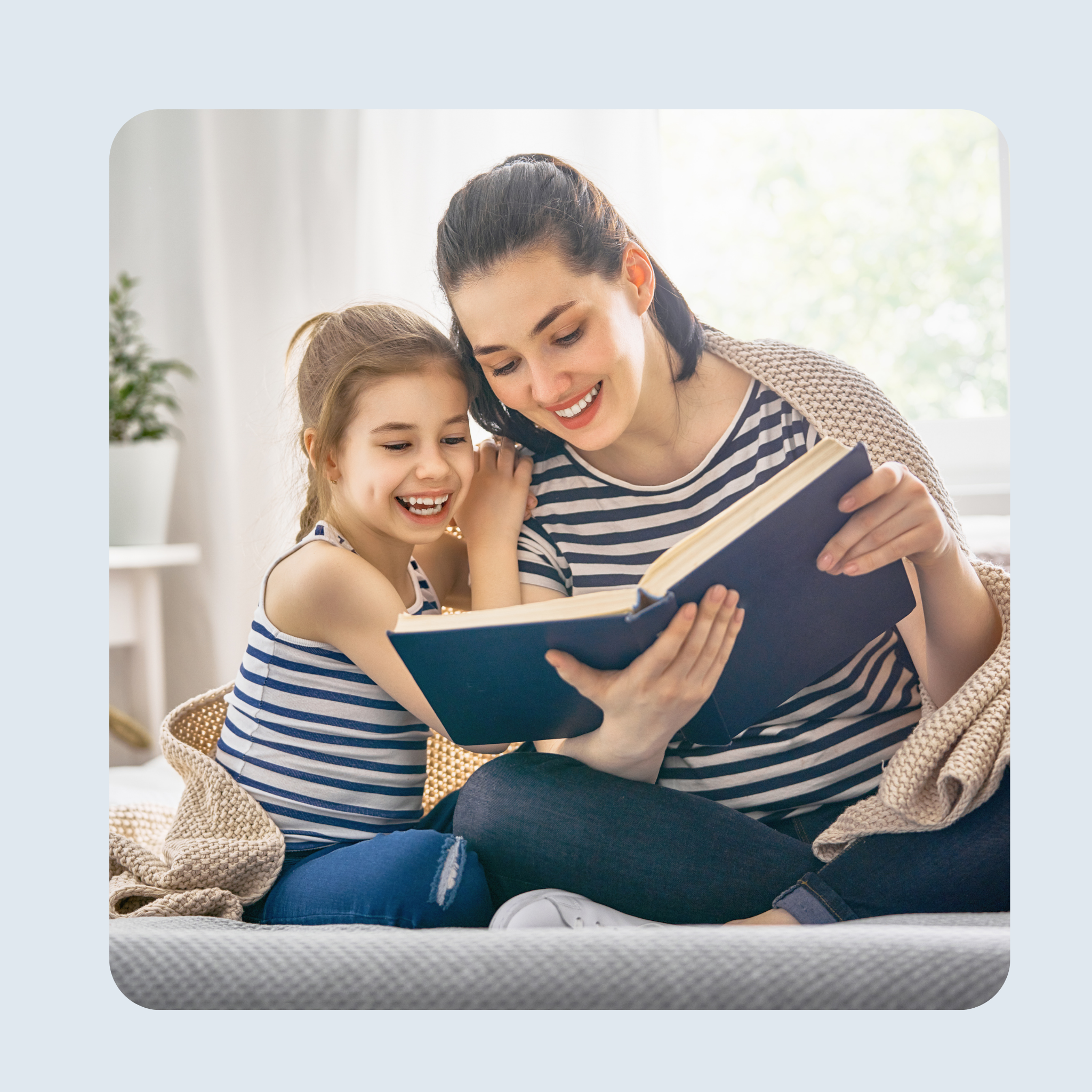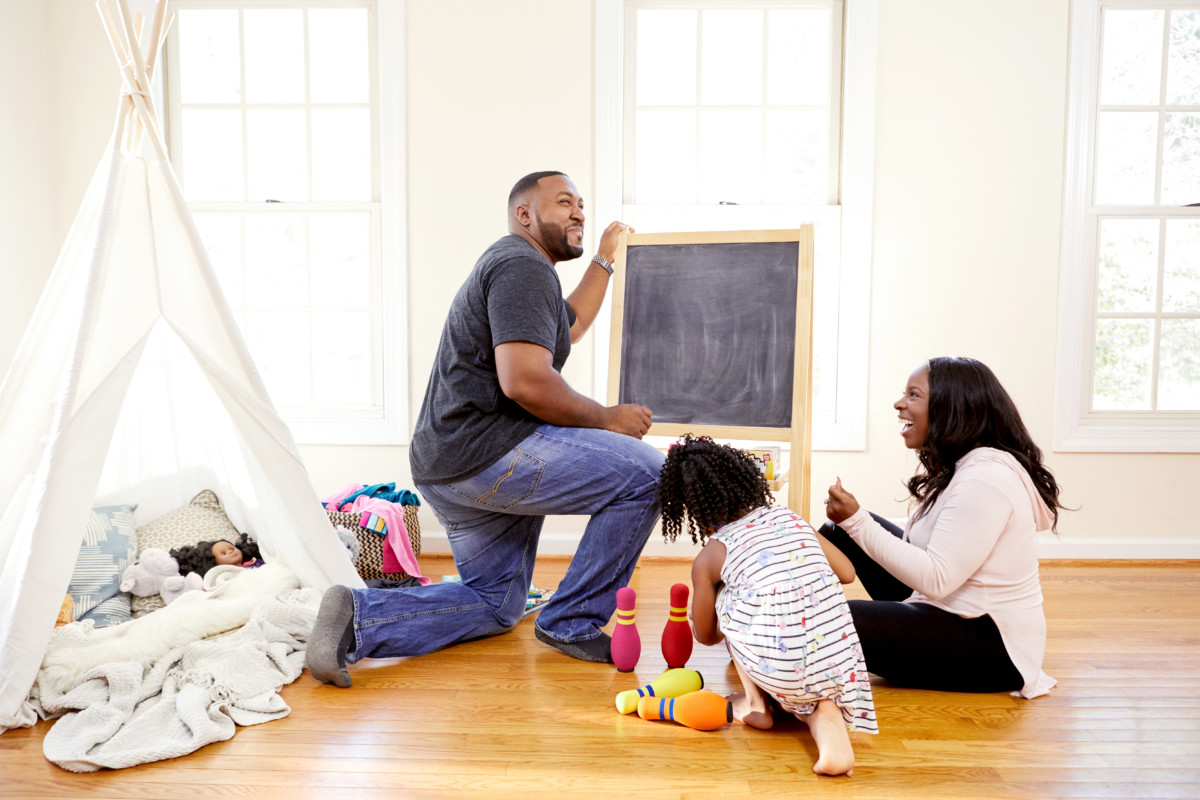The Pull of The Chapter Book

How does a child know that he or she has become a good reader? When you talk to children about reading, you find out that they have their own reading milestones—the first time they read a book, the first time they read a chapter book, and the first time they read a longer book, like Harry Potter.

Children feel a pull to reading books with chapters, whether those books are fiction or nonfiction. As my daughter says, “Little kids read picture books, big kids read chapter books.” Maybe this is why when she goes to the library with her third grade class, she comes home with a pile of chapter books. Carrying a big chapter book under one’s arm says to the world, “I am a good reader.”
As children transition from beginning readers to more advanced readers, chapter books become the reading material of choice. Chapter books have a different text demand than shorter picture books. When reading chapter books, readers have to hold onto thinking across days and weeks, summarizing the text as they read. Each time they pick up the book to read, they have to remember what happened in the last chapter, and often find themselves re-reading to fix up comprehension. Thinking changes across a chapter book; the reader has to revise their thought process as new information is brought to light. This challenge is appealing to middle grade readers.
“I read chapter books when I want to challenge myself,” says my daughter. “A picture book takes me ten minutes to read, a chapter book takes weeks!”
If students have not been instructed in how to read longer, more complex chapter books, we can hardly expect them to enter the world of chapter book reading with competence and confidence. This is why it is important for reading curriculums to infuse chapter book reading as part of the daily routine. Not just in self-selected independent reading, but in instruction.
Most of today’s reading curriculums avoid chapter book reading, focusing attention to picture books, leveled readers, online reading data-bases, and short nonfiction articles. In these commercial programs, students learn isolated skills and strategies in text well-matched to those strategies and skills. Students are successful until asked to transfer those strategies and skills into the text that they are reading independently. As it turns out, isolated strategy work does not translate well to chapter book reading.
In chapter book reading, the strategy readers must rely on most is comprehension monitoring. This is the process in which the reader determines whether they understand what they are reading, and if they do not, they stop to repair comprehension before continuing to read. When comprehension monitoring is the focus of instruction, students learn to stop and paraphrase or summarize the text, either in discussion or collaboration with the teacher and/or peers, and they learn to take notes and write about their reading. Students pay attention to the story structure as they read, stopping to think about where they are in the text and what is happening. Current reading programs underestimate how much it helps to teach students to monitor their comprehension.
Again, how does a child know that he or she has become a good reader? Children have their own set of reading milestones that they use to define themselves as good readers.
Before the first day of kindergarten, I asked my daughter, “What are you most excited about learning in kindergarten?” And she replied, “Learning to read.” I asked her the same question as she entered first grade, and she replied, “Learning to read a chapter book.” Perhaps this interaction with my daughter gives us some insight to our children’s reading milestones.

These milestones likely look something like this:

Kindergarten
An easy reader series like Elephant and Piggie, by Mo Willems.
First Grade
A beginning chapter book, like Uncle Elephant, by Arnold Lobel.
Second Grade
An easy chapter book series like Magic Tree House, By Mary Pope Osborne.
Third Grade
A longer chapter book, like in the Superfudge series, by Judy Blume.
Fourth Grade
A hefty chapter book like Harry Potter and the Sorcerer Stone, by J. K. Rowling
Fifth and Sixth Grade
Books of a more complex genre, like science fiction. Consider the Ember series, by Jeanne Duprau.
Seventh Grade
A classic like The Call of the Wild or Hound of the Baskervilles.

Our students will not achieve these milestones without a healthy diet of high-quality chapter books in school. The design of our reading programs must begin to reflect this goal.

Are you looking for a reading program to increase motivation and achievement?
We are confident the Read Side by Side Reading Program will be the right fit for your next curriculum adoption! To learn more about the program and request a sample kit, connect with one of our advisors!

Written by Sarah Collinge
Founder & President
Read Side by Side Publications, LLC.
References
Allington, R. L. (2014). How reading volume affects both reading fluency and reading achievement. International Electronic Journal of Elementary Education, 7(1), 13-26.
Gentry, R. J. (2012). Three pivotal beginning reading benchmarks for parents and teachers. Retrieved April 30, 2018 from https://www.psychologytoday.com/us/blog/raising-readers-writers-and-spellers/201206/three-pivotal-beginning-reading-benchmarks-parents
Smith, K. (2010). The importance of chapter books in Children’s Literacy. Retrieved April 30, 2018 from https://www.collaborativeclassroom.org/blog/the-importance-of-chapter-books-in-childrens-literacy/
Willingham, D. T. (2006). The usefulness of brief instruction in reading comprehension strategies. American Educator.
SaveSave



